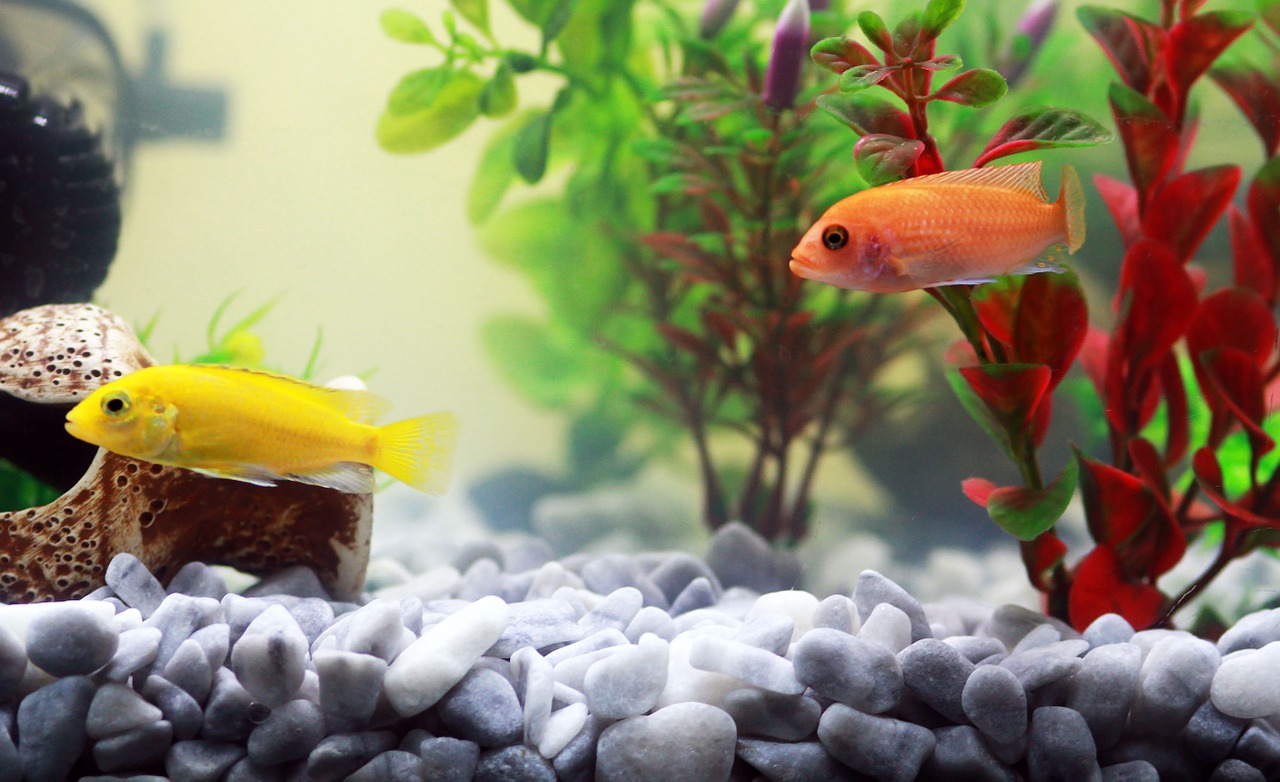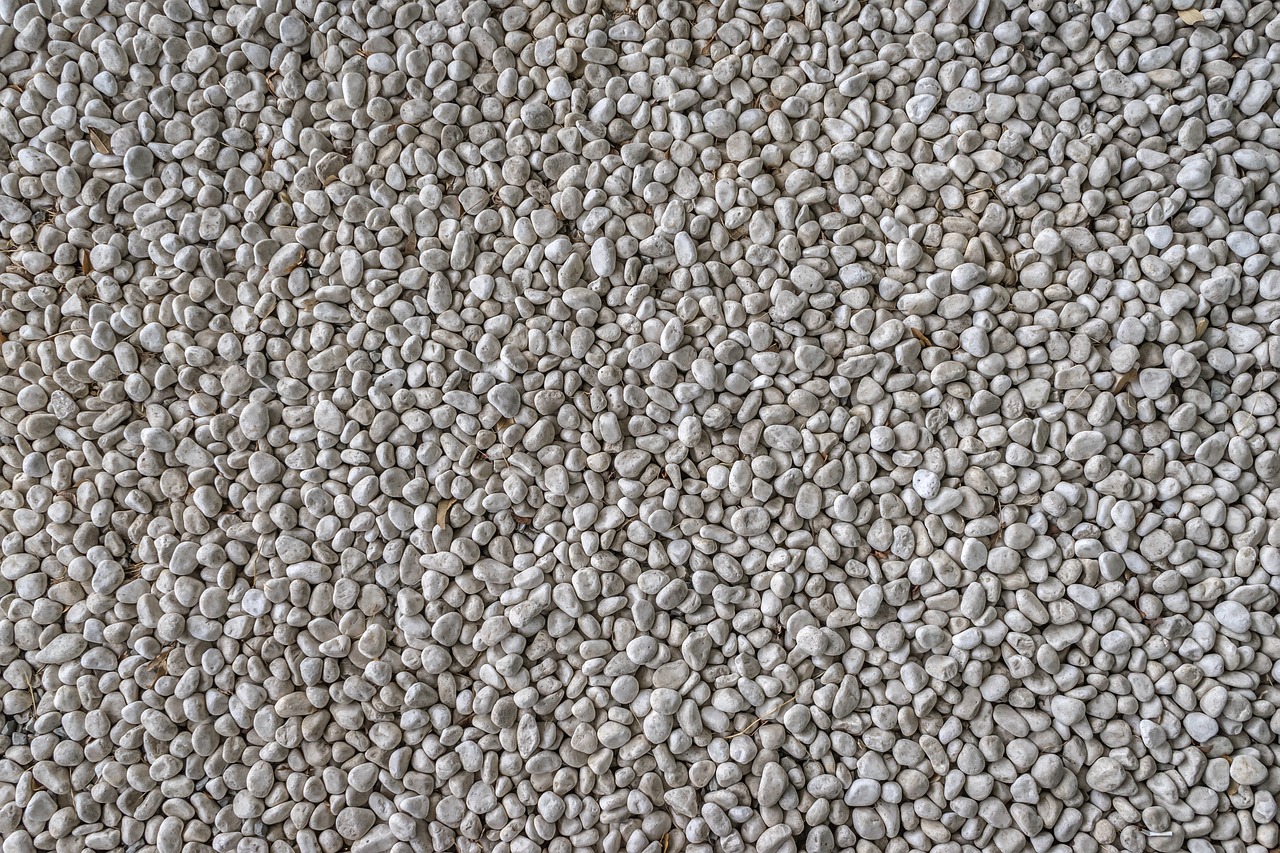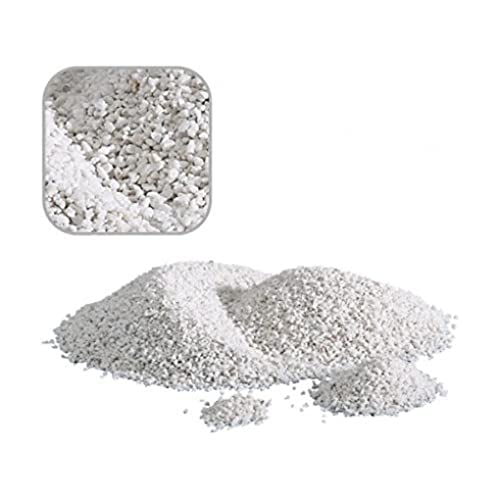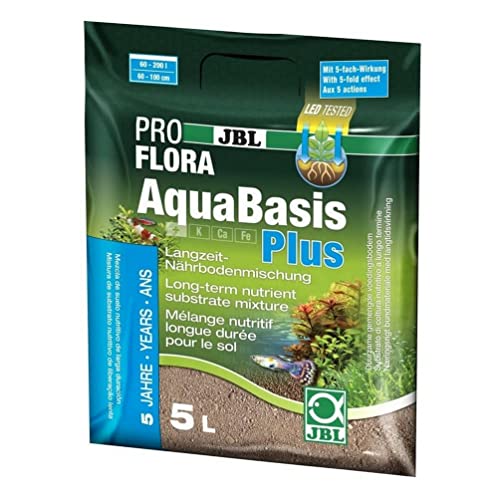Table of Contents

Sense and purpose of the aquarium substrate - the function of the substrate
Of course, we first have to look at whether it is even necessary to install an aquarium floor and substrate in your aquarium. You will not always need this.
In a community tank, the aquarium underground should and will never be missing. There he has next to the supply of nutrients to plants and also the optical enrichment for the aquarium, also the advantage that bottom-dwelling fish can look for their food here. The aquarium floor can also serve as a hiding place. The aquarium floor even serves as a supplier of various bacteria. There are even bream species that lay their eggs in the ground. Of course, sand should be installed here.
However, there are exceptions where it makes no sense to use an aquarium floor. Especially in breeding tanks and breeding facilities, people like to do without this facility. Above all, this also has the advantages of cleaning. Here, contamination and germs must be avoided at all costs. Without an aquarium floor, cleaning is much easier.
The purpose of the aquarium soil differs depending on the point of view between the plants, fish and even the water values.
- FRESHWATER AQUARIUM FLOOR MATERIAL: Decorative substrate specially selected to replicate aquarium floors
- FRESHWATER AQUARIUM FLOOR MATERIAL: Decorative substrate specially selected to replicate aquarium floors
- USE: For fresh and sea water. Arrange a leveling layer of 4 cm on the front and 7 cm on the back to create a gradient that gives depth to the view of the pool
- GRIT: 3-4mm
- SIZE: 5kg
- PACKAGE CONTENTS: Floor material for freshwater aquariums, decorative substrate specially selected to replicate aquarium floors
- NATURAL: Thanks to this natural sand you can set up your aquariums in a safe way. Non-toxic, does not release carbonates
- USE: For fresh and sea water. Arrange a leveling layer of 4 cm on the front and 7 cm on the back to create a gradient that gives depth to the view of the pool
- GRAIN SIZE: Ultrafine 0.1-0.7 mm
- FORMAT: 5kg
Fish are happy if they can even dig in the substrate and look for food.
Plants need the soil to supply their roots with nutrients and this at the same time as nutrient soil for the development of roots. Of course, this does not apply to aquarium plants that grow on roots, stones or other furnishings. Even floating plants do not need a substrate. However, this is extremely important for most aquarium plants.
The water values can also benefit from the right aquarium floor. Certain bacteria can grow in it, which in turn are important for converting and breaking down nitrite or nitrate and other substances. Unfortunately, values can also arise that you do not want to have in the aquarium. These include sulfur gases and compounds.

Finally, of course, you have to address the many design options. Aquarium substrates are not only there because of their function, but also the visual and design aspect plays a major role. Be it the colors or many shapes. You can conjure up a completely different aquarium experience.
What different types of floors are there?
In the following chapter we first want to take a look at the individual possibilities of what is possible to use for the underground. Today there is a very large selection in specialist shops, but natural products are often used as well.
Peat, garden soil, potting soil, peat, hydroponic soil or compost soil
Again and again you can read in various discussions that you also have the option of equipping the first layer of the aquarium with a special culture medium. This is correct, but not all fabrics may be placed there. Above all, the above such as peat, compost soil, potting soil and garden soil do not belong in the aquarium. Some of them have a lot of nutrients, which can also be absorbed by aquatic plants, but they also have a lot of disadvantages. Above all, the turbidity of the water or an excessive load can quickly become a problem. Too many nutrients, which are released quickly, intensify this growth of algae. Another reason why you should pay close attention here. The organic load can also be a problem with certain substrates. These can occur especially with compost soils.
There are also repeated discussions about whether Hydro Substral or Hydro Soil fits into an aquarium. We strongly advise against this use.
Substrate: Not every sand or gravel can go into the aquarium
Also, you shouldn't think that every sand or gravel can find a place in an aquarium. There are also a few things to consider here. Be it the particularly calcareous aquarium sand or the coral sand has no place in a freshwater aquarium. Again and again we hear about the fact that conventional play sand or marble gravel and other decorative gravel are made into an aquarium. Again, don't be surprised if you can't get the water parameters under control later. The hardness of the water here is quickly too high. Also lime damages the plants more than it would help them. Not to mention the fish.
Nutrient soil, plant substrate and depot soil
Let's start with the first layer with an aquarium floor. We will come to the exact structure later in the chapter.
The purpose of such a first layer is above all to supply the aquarium plants with nutrients, fertilizer and minerals and to ensure long-term supply. We have already equipped several tanks with it and are of the opinion that this layer is indispensable, especially for sensitive types of aquatic plants.
However, the selection of this first layer is extremely important, because manufacturers such as Dennerle or Eheim, Tetra and Co have quite a number of options here. Here you should find out exactly where the individual advantages and disadvantages of the respective subsurface lie. The installation thickness, which should be taken into account, is also decisive.
In addition to the advantages of nutrient soil, plant substrate and depot soil already mentioned, there are also a few to consider. Especially with sensitive fish, this type of substrate can affect the water accordingly, as far as certain values are concerned. Also, when caring for the aquatic plants later, it can happen again and again that the nutrient soil, plant substrate and depot soil are stirred up and thus the water becomes cloudy and, worse still, the water values are influenced.
Just a few years ago, this type of substrate was reserved for specialists and experienced aquarists. Today, more and more beginners dare to use this type of substrate for the first layer.
Of course, the benefits of lush and beautiful plants are the best reason to rely on this first layer of nutrient soil, plant substrate and storage soil. Alternatively, you can of course also with others Soil fertilizers and liquid fertilizers help out However, this usually has a short-term effect. In another guide we go into the exact fertilization of aquatic plants.
Aquarium substrate: sand or gravel?
First we should explain to you what the difference is between sand and gravel. This distinction is related to particle size. Everything under 2mm is normally still referred to as sand, above that one talks about gravel. It's no secret that sand can be very small. Here there are “granulations” which reach the range of 0,06mm. These can no longer be distinguished by the human eye. With a gravel, the grains can usually be distinguished visually and often they can even be felt by touch.
Basically, aquarium sand is nothing more than aquarium gravel with a very small grain size. Both have their advantages and disadvantages and are often related to them socializing fish together. It depends on whether you want to use many bottom dwellers and whether they also like to dig in the ground. This would rather speak of a fine sand.
Sand, on the other hand, has the disadvantage that it aerates less and therefore the aquarium water gets less inside. On the one hand, this has the advantage that no deposits such as sludge, uneaten food or excrement get into it, but at the same time it has the disadvantage that the plants are less cared for. It can also happen that rotting spots form. These sources of putrefaction also cause sludge to form, which in turn produces the very toxic hydrogen sulphide. Above all, the bottom dwellers in the aquarium can die quickly here. These in turn can heavily pollute the water.
Because of this fact, sand is frowned upon by many aquarists. Especially if building sand or other sand that is particularly hard is used. If so, you should use a special quartz sand.
With an aquarium gravel, the disadvantage and advantage at the same time is the stronger aeration due to the larger grains. This allows the nutrients to get to the aquarium plants and roots quickly, but unfortunately the cod and other waste products can also be deposited there. This in turn can have disadvantages. At the same time, however, nitrobacter can also develop, which in turn help to convert the nitrite into harmless nitrate, which would of course be an advantage.
What grits should you use?
It starts with grain sizes, and here we are not talking about aquarium sand, but about aquarium gravel, starting with a grain size of 0,8mm or less. The stronger varieties are then usually up to 3 mm in size. Of course, there are also types of gravel that are 4mm and much larger. These are usually only used for visual embellishment.
With a grain size of less than 1 mm, one usually speaks of aquarium sand and not yet of gravel. With sizes from 2 mm we would rather speak of sand.
But when do I use which grit? To answer this question, you have to know the later stocking. Here it plays a role which mainly bottom dwellers are kept in the aquarium. Shrimps, crabs and even the small armored catfish love to rummage through the aquarium floor with their barbels and feelers. They are mostly looking for leftover food.
If one were to use coarse gravel here, this would not be possible. With the fine grain, the feed does not settle very deeply.
In a community tank, aquarium gravel with a grain size of 2-3 mm is usually used. There are also some types of soil dwellers that can do with it. Antennae catfish, for example, are quite undemanding here.
The differences in the sand
In addition to the differences in the size of the grains mentioned above, there is another factor. You should definitely pay attention to this, because grains can either be ground and thus rounded off, or they have a rough and usually sharp structure. Here it depends on which fish species you want to keep in your tank. The quartz sand in particular can have sharp edges if it is not polished. Bottom-dwelling fish with their sensitive mouths can injure themselves on such sand. This aquarium substrate is also not suitable for shrimp and crabs. If you look at the production of quartz sand, you will quickly see why this can lead to problems. Quartz sand is used primarily in the manufacture of glass.
Therefore, when making your selection, you should make sure that you only use qualified aquarium sand.
Structure of the aquarium substrate
Before you think about the different layers, you should consider whether you should get a heater (floor wash) under the first view. This can play a decisive role, especially for plant growth. We already have this in our Guide to aquarium heating reported in detail.
After this first heating, a nutrient layer or also called depot soil is placed in many planted pools today. This layer is primarily used to supply the aquatic plants with nutrients and fertilizer and at the same time serves as a long-term supply.
Whether you need this layer depends entirely on the plants used. Not every aquarium plant needs such a layer. Especially insensitive species can do without this layer.
The 2nd layer, or the first if you omit the lower nutrient layer, is the actual layer or top layer. The different types of sand or gravel, which we have described in more detail above, can be used here.
In general, we would choose a structure, especially in terms of optics, which rises sharply to the rear. There you should use a lot more sand or gravel and Substral. In the foreground, 5 cm is usually enough, but in the back it can quickly be 15 cm. Of course, this is deducted from the capacity of the aquarium and thus the stocking is reduced.
How much does the aquarium floor cost? How much aquarium sand or gravel do I need?
First, it depends on the crowd. This can be calculated quite easily. Basically it is calculated by volume. The only difficulty then is to convert the volume in liters to kilograms. A factor of 1,5 should be used here.
Example for an aquarium with a floor area of 80 x 30 cm
First we calculate the area of the floor as 80 x 30 cm =2400 cm2 and this is then multiplied by the height. Let's assume an average height of 10 cm. We then multiply this value by 1000. In our example, this would be 24 liters. This is then multiplied by 1,5 and thus gives the required aquarium gravel in kilograms. In our case 36 kilograms.
Now you can do that relatively quickly calculate costs. It should be noted that larger containers are usually much cheaper.
What color of aquarium gravel or sand should I use?
Today there is aquarium gravel in all colors. Be it the natural gravel colors or in black, green and even artificial colors such as bright red, yellow or blue.
In turn, the choice of fish should play a major role in the selection. Shrimps, especially light-colored species, come into their own on dark or even black gravel. Light-colored gravel can also offer a nice contrast, especially with darker soil dwellers. We would strongly advise against bright and artificial colors. An aquarium should be set up as closely as possible to the model found in nature. Of course, it also makes sense to use a more reddish gravel for an Amazon basin.
Our recommendation for the right aquarium substrate and substrate
It is difficult to make a general recommendation, but there are still some tips that have worked well, especially for beginners.
- We would advise against pure sand
- Medium grain sizes up to 2-3mm have proven themselves
- Use either rather dark or light varieties
- Better leave out colors
- a depot layer should rather be used for larger tanks
- If you concentrate on simple plants, then the depot layer or nutrient layer can also be omitted
- Without a nutrient layer, rather incorporate a little more soil
- Not below 10 cm soil layer
Substrate Caution: You should always keep this in mind
Finally, a few tips on what to keep in mind before setting up.
- Aquarium sand and gravel should always be pre-washed
- It may even be advisable to boil aquarium sand
- Also wash sand or gravel that has already been pre-washed
- Nutrient soil, plant substrate and depot soil are not pre-washed
- Introduce in ascending order
- Do not cause any turbulence when introducing the water
- Regular care such as loosening and vacuuming with the debris bell should be observed









